Lotus' Aero Chief On The Evija, The Dacia Duster And Making Holes In Hypercars
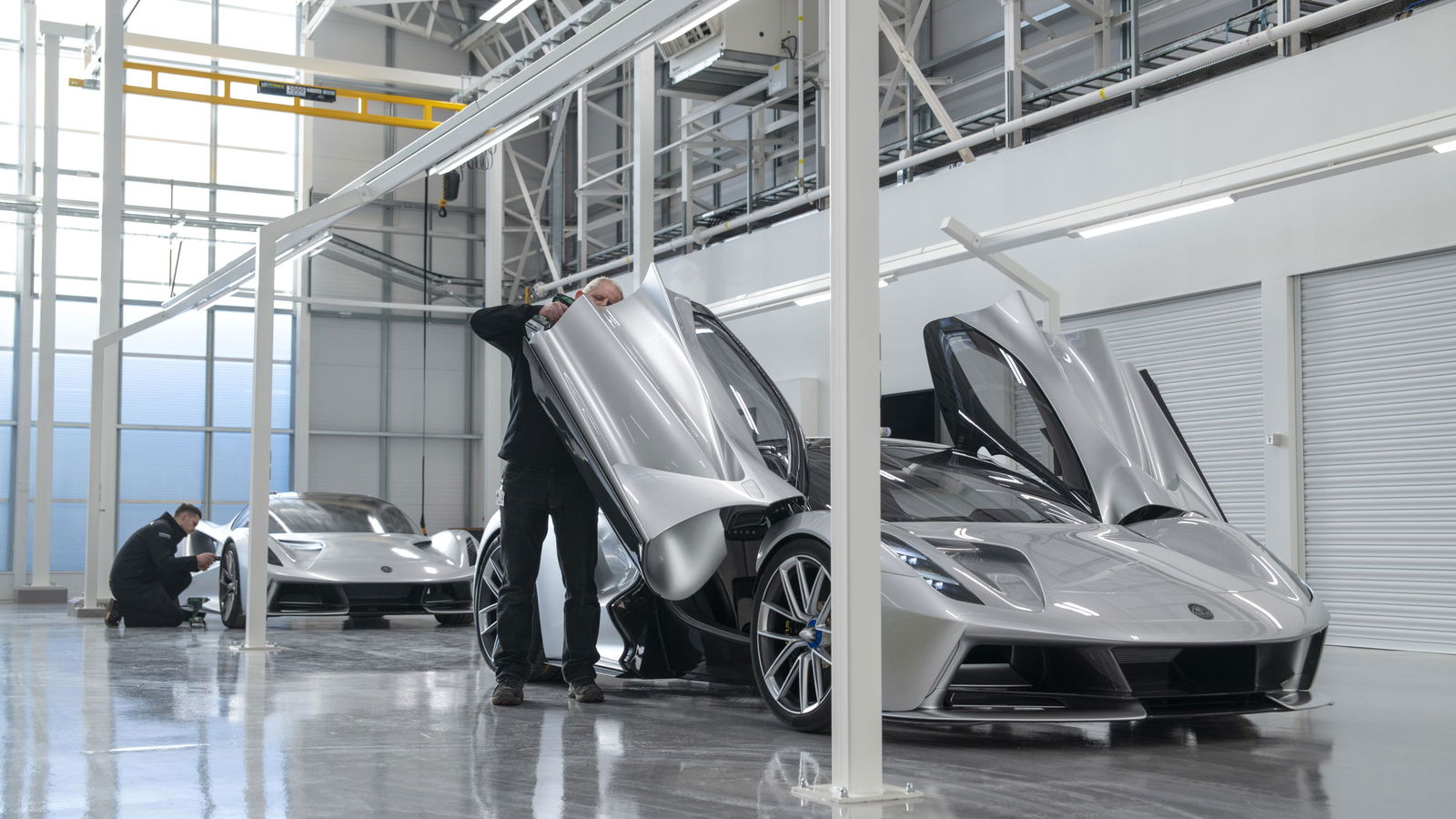
For years, Lotus‘ new products haven’t really been new at all. They’ve involved taking existing cars, tweaking the handling, adding some carbon, and perhaps extracting a little more power.
There’s plenty to like about the Elise, Exige and Evora, of course; they have a focus on dynamics unlike any of their rivals, but they’re all getting older and less relevant. It’s time, then, for something new. Which is exactly what we’ve ended up with - the Evija.
If anything, it’s been more than we bargained for. After a succession of lightly tweaked derivatives, we have something truly new. An all-electric, near-2000bhp hypercar with a £1.7 million (plus taxes) price tag.
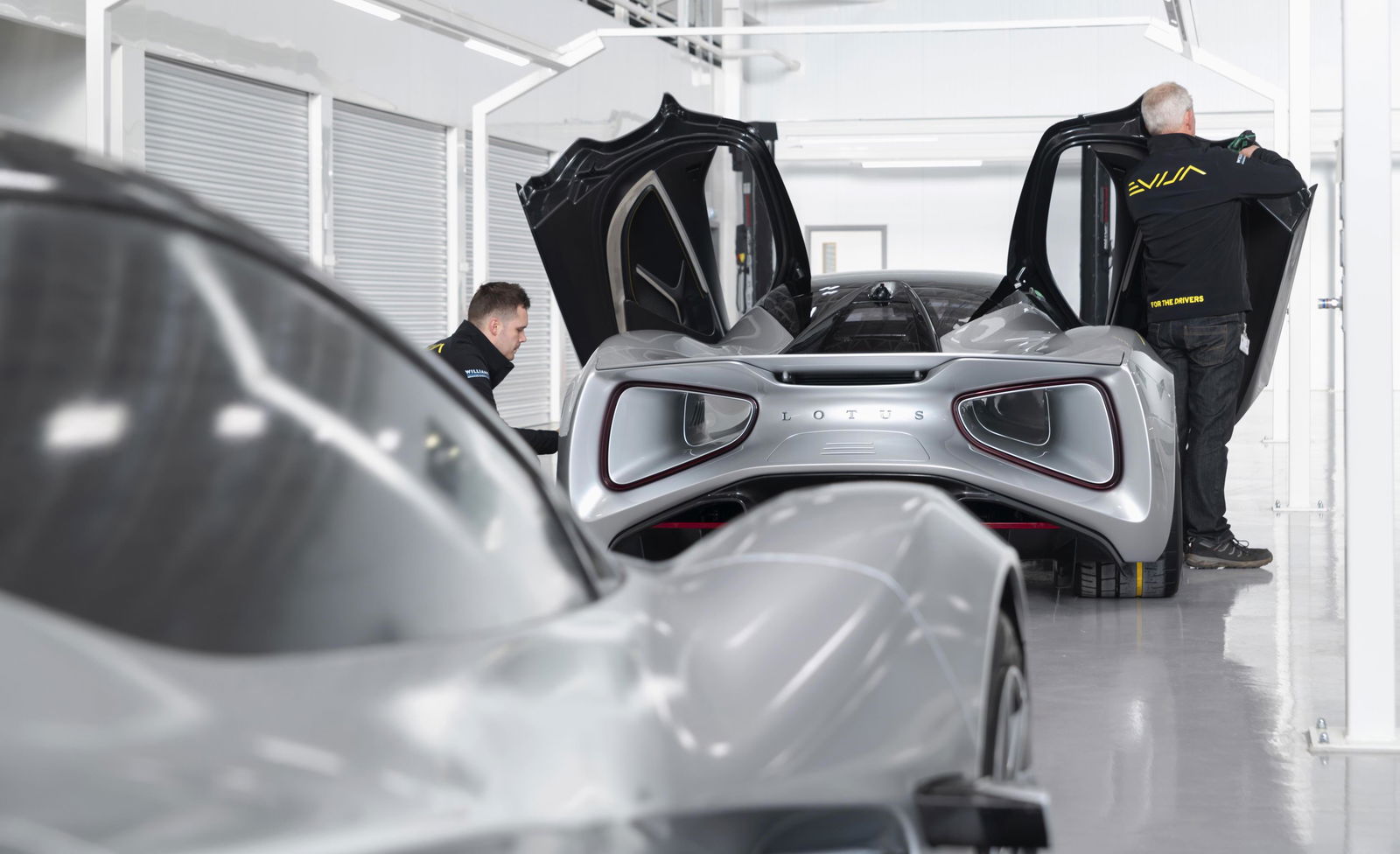
This isn’t Lotus abandoning its core customers, though, because new versions of the existing line-up should eventually arrive. Nor does it take a big dump over Hethel’s long-standing quest for lightness; the expected weight figure of 1680kg is astonishing for a car laden with a 70kWh battery pack.
Perhaps the most interesting deviation from Lotus cars as we know them, though, is the aero side of the equation. The Evija goes above and beyond anything we’ve ever seen from the company; there are huge Venturi channels that let air pass through the bodywork, retractable rear-view cameras to cut drag, a huge active rear wing that also acts as an air brake, and a DRS flap that stalls the rear diffuser when necessary.
To get a better idea of the thinking behind the Evija and how its design might affect future cars from Lotus, we talked to chief aerodynamicist Richard Hill.

CT: The Evija is unlike anything else Lotus has ever made. What’s it like going from working on a range of lightweight sports cars to a high-powered electric hypercar?
RH: It’s nothing new for me. Over the 30 years I’ve been at Lotus, more than 20 of that I’ve been part of the Lotus Engineering team, a research and design consultancy. So for many years, I’ve dealt with the aerodynamic characteristics of all manner of vehicles, from tiny runabouts to the 2001 Aston Martin Vanquish to many other engineering programmes for other OEMs I can’t talk about. And also, aerodynamics and the laws of physics that govern aerodynamics are the same no matter what you’re working on.
CT: What are the major differences between the aero ethos of the Evija and that of Lotus’ existing sports car line-up?
RH: The big thing with an electric hypercar you’ve got is that tricky balance; high levels of downforce for ultimate cornering performance, but also drag is critically important from the perspective of range in an electric vehicle. In any other internal combustion-engined sports car, range generally isn’t an issue, and you’re willing to sacrifice some of the drag characteristics of the car to generate good levels of downforce. With an electric hypercar, you want that ultimate handling characteristic, but you’ve got to have one eye on the range capability as well. It’s no good being the best handling car in the world if 10 miles down the road it needs a battery charger.
In the Evija, we’ve got all the high downforce characteristics of a high-performance vehicle, but we’ve had to marry that up with keeping the range up, the drag low, and that’s where the porosity of the car comes into it. Making it as invisible to the airflow as possible. We need the airflow to generate forces, but we want them to generate forces in the verticle direction - downforce - rather than horizontal - drag.
CT: Presumably you have to think about cooling in a very different way?
RH: You have a very sophisticated propulsion system in Evija where you’ve got cooling to achieve not only the electric motors but also the battery pack and the power electronics, and they all need to be kept at very specific temperatures to operate. And it’s not all the same temperatures.
CT: So although losing the internal combustion engine frees you up in some areas, there are other potential headaches to keep you busy?
RH: It’s more challenging I would say than an internal combustion engine; it’s a more sophisticated problem that requires a more sophisticated solution. That’s what the Evija is all about; not just pushing it through the air using brute force and power, it’s being sophisticated in the way it moves through the air, using the air.
Historically air was regarded as the enemy, but it doesn’t have to be. You can use it; the downforce you can generate, the cooling, providing gentle, subtle and sophisticated solutions for the car.
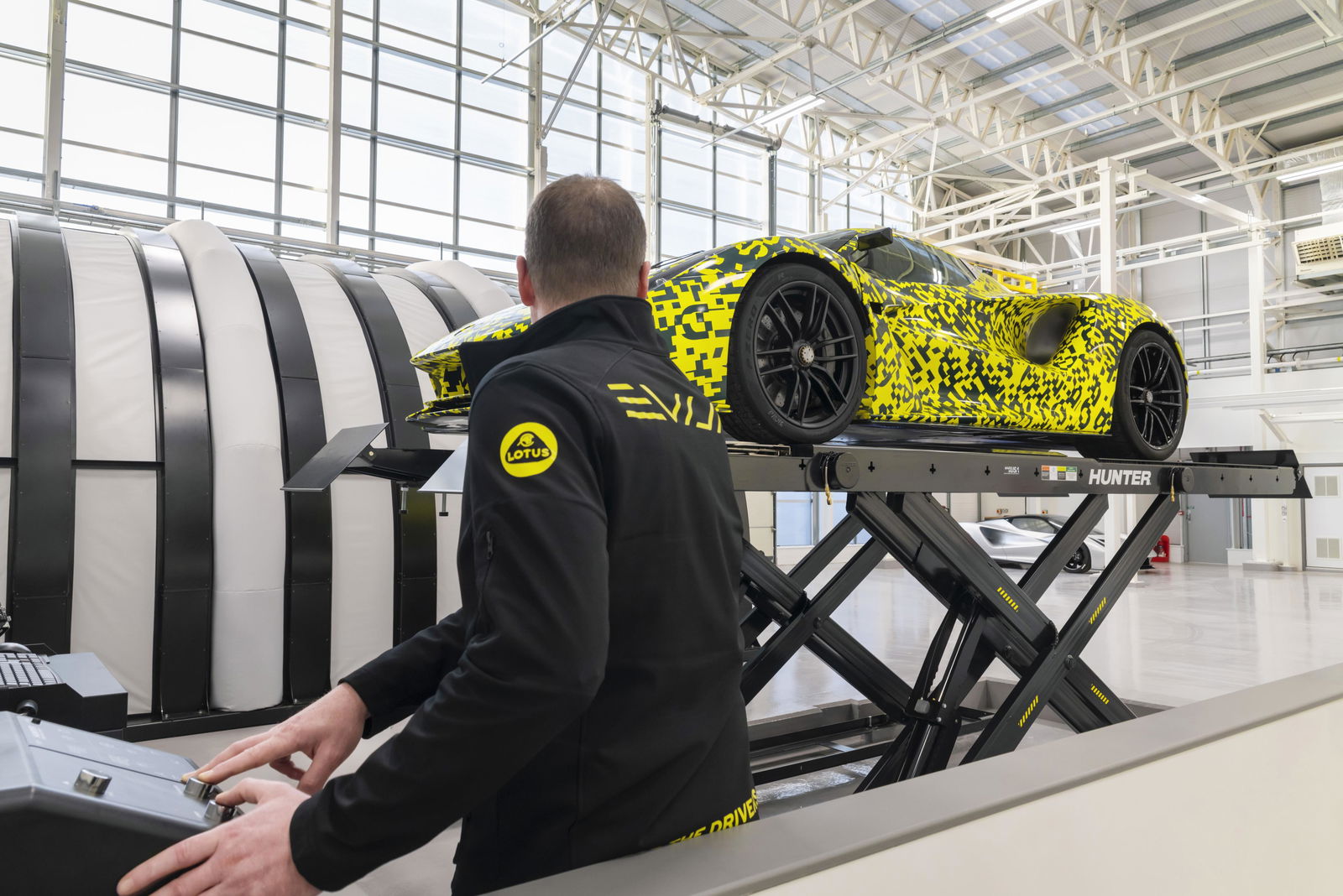
CT: As an engineer, surely it’s the dream scenario to work on a car with a higher price tag like this because a lot of the budget constraints are removed?
RH: It’s the car I’ve wanted to build for more than 30 years. A lot of those design compromises have gone out of the window. You can make design choices based around a hypercar platform that just aren’t practical for everyday road cars. You’ve still got to provide things like luggage space, but that presents design restrictions and limitations on what you can do aerodynamically.
Having big, powerful internal combustion engines, both take up volume and eject and an awful lot of heat. You need big cooling systems, and again that takes up volume and restricts design characteristics of the car you might want to introduce aerodynamically. Having an electric hypercar does really up the parameters, and allows us to create things like the porosity of the Evija, which wouldn’t have been practical in an everyday road car.
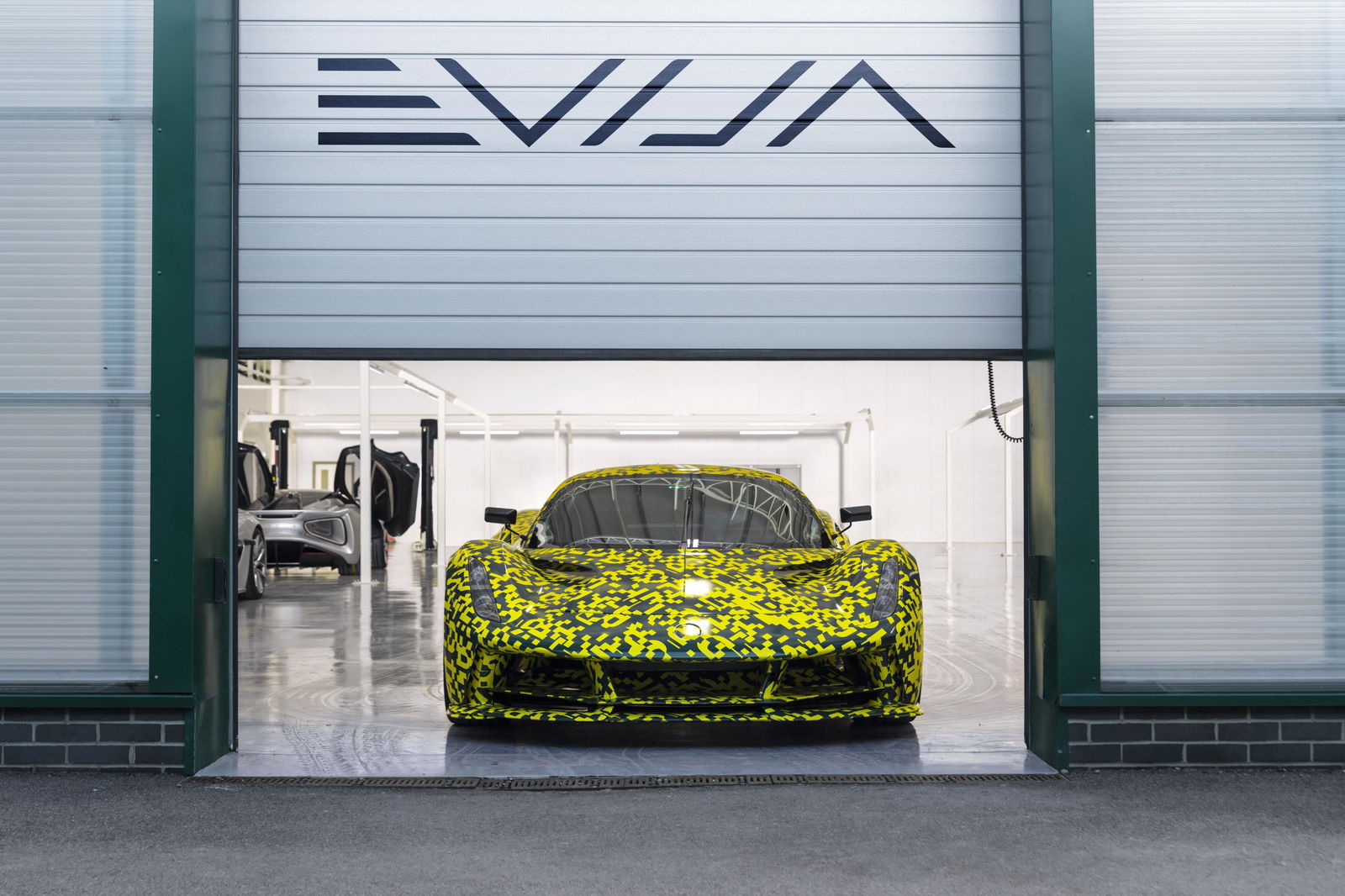
CT: You talk of the porosity of the car, that’s a concept which has been dabbled with in the industry, with vehicles like the Ford GT coming to mind. Presumably, what you’re doing goes much further?
RH: Absolutely. There are two ways of using porosity in a car. Using porosity just to let some of the airflow through parts of the structure it otherwise wouldn’t go through, which can be a styling influence, or it can there to let the air get to another aerodynamic device. In our case we use the porosity to reduce drag but also to sculpt the airflow in a specific upward direction to the rear of the car, to create an inverted wing camber profile.
CT: You’ve mentioned this concept wouldn’t be practical in a more affordable sports car - like a next-generation Evora - but is there anything aerodynamically on the Evija that could end up on a more conventional Lotus car in the future?
RH:
There are certain characteristics in the design of the Evija which will definitely find their way into future products. There are ways of introducing porosity that doesn’t sacrifice quite so much space.
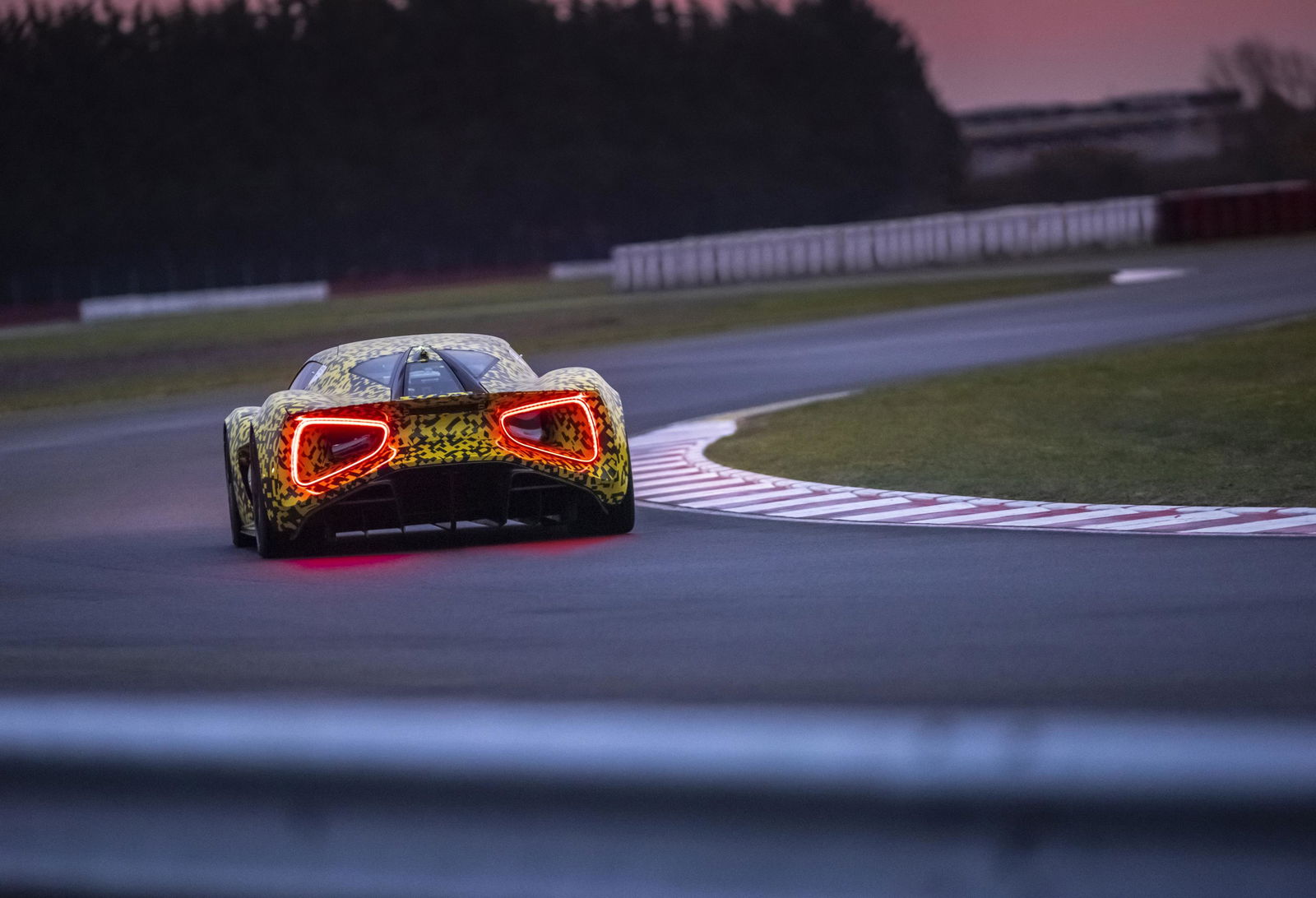
CT: What are you driving yourself at the moment? When you’re allowed to make essential journeys, of course…
RH: At the moment - you’ll love this - a Dacia Duster. I’ve gone from owning a range of different classic sports cars, to [being] ‘MPV man’ when our children were born, and now they’re getting slightly older I’ve gone to SUV man for towing things around and dragging things out of muddy fields. I’m very fortunate in not needing to own my own sports car when I have access to various Lotus products - far more interesting and enjoyable to drive than any car I’d be likely to afford…
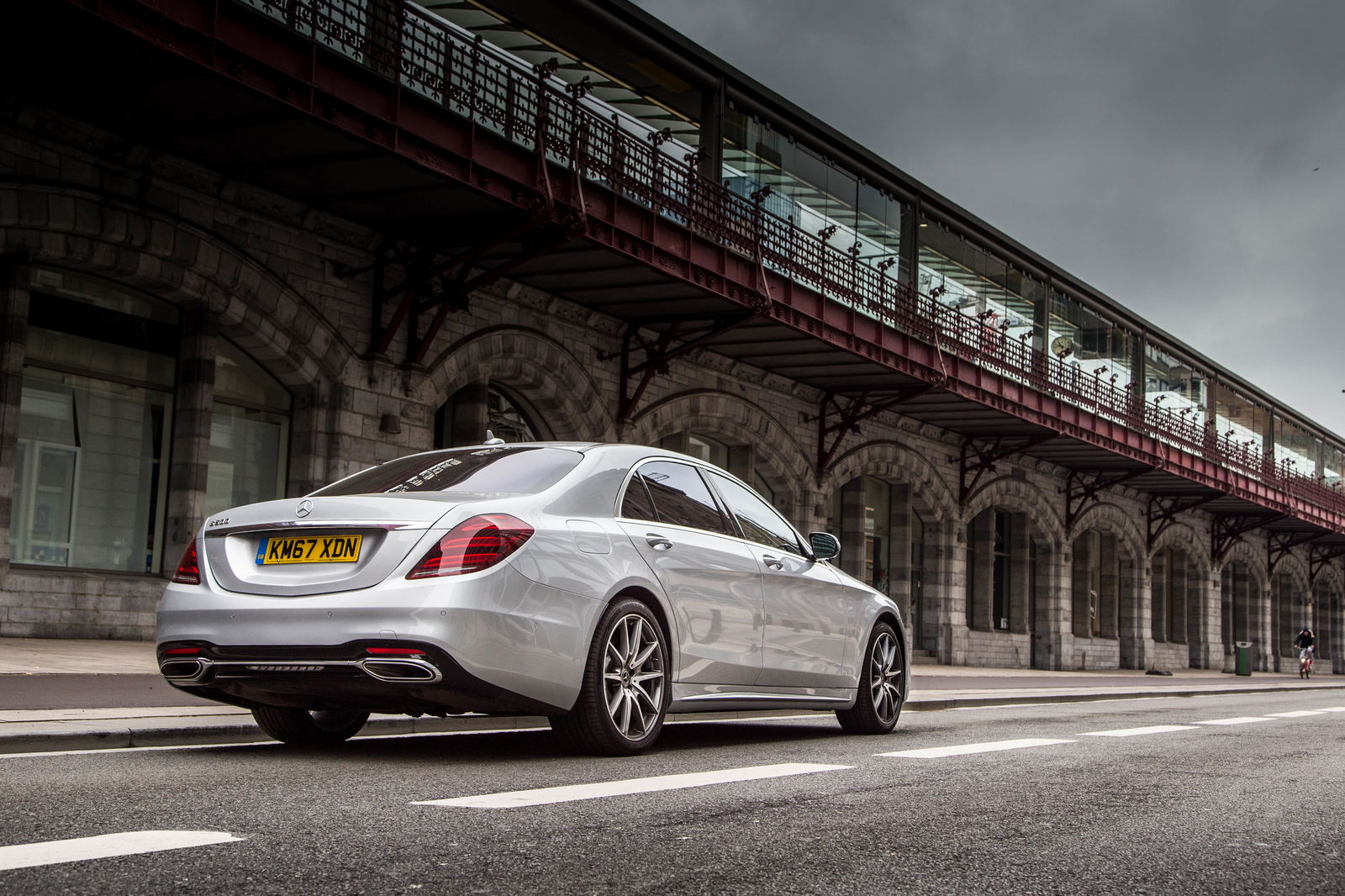
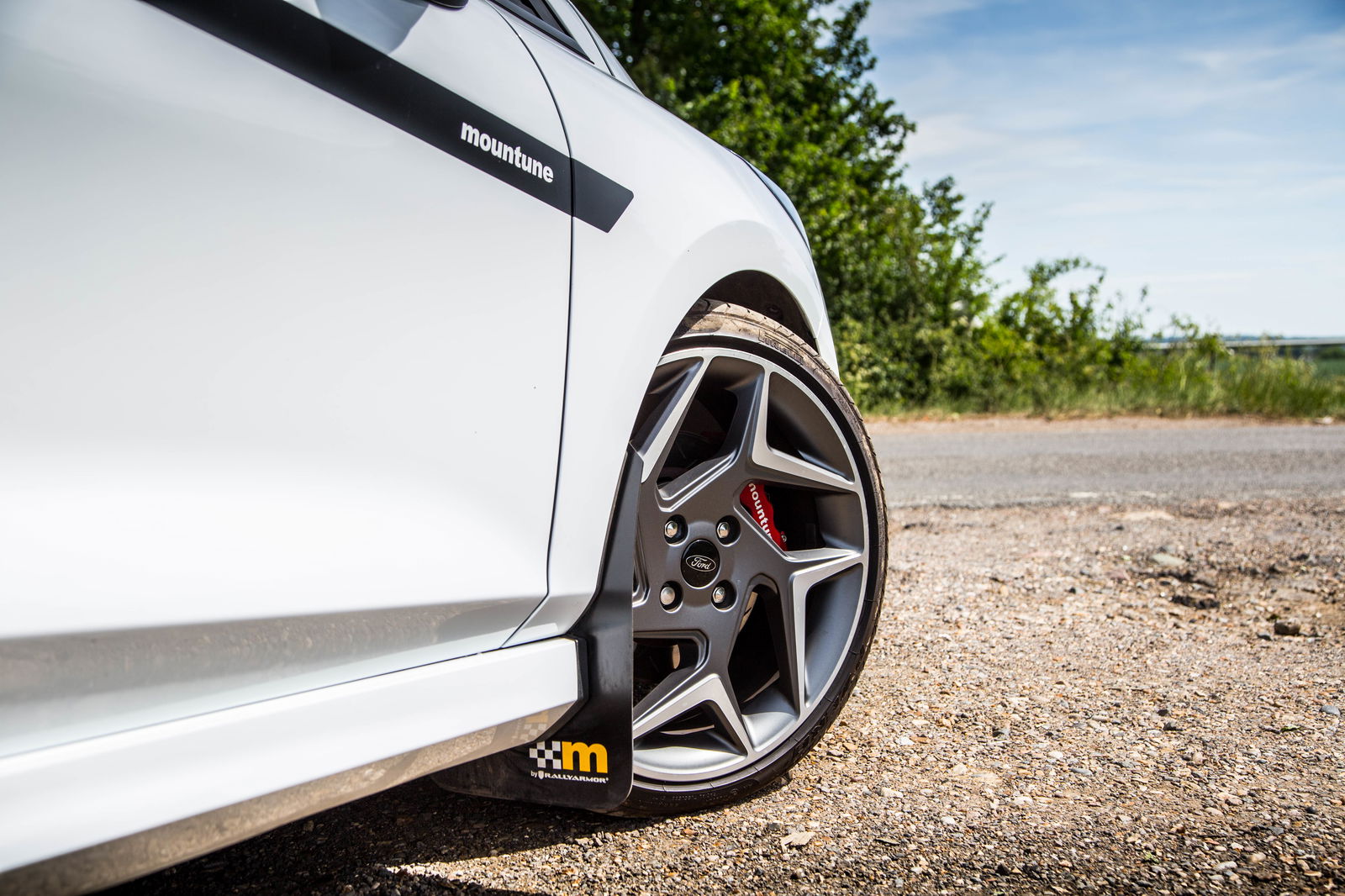

Comments
These are very interesting (and serious) interviews, I’d really wish we see more of these, because it does bring refreshing change from the usual news and car features. That said, I’ve studied in journalism and I know how difficult it can be to manage to get an interview in the first place with an important person lol
Matt Robinson Is there anyone else in the plans to interview for the moment?
That was a good read,